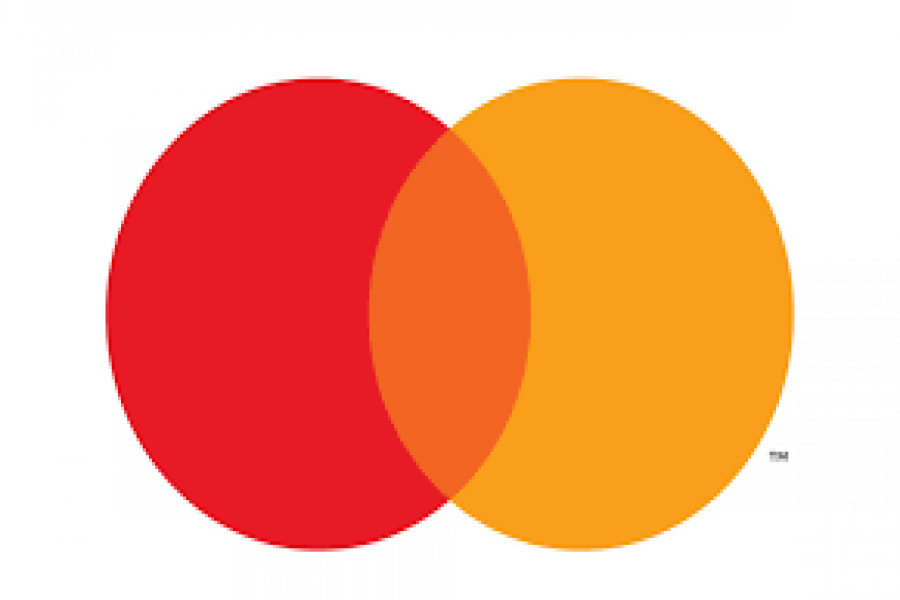Consumers in Asia Pacific are rapidly going digital with purchases of everything from groceries to movies in a shift that looks set to become a permanent habit after the pandemic passes, Mastercard research shows.
E-commerce and contactless payments continue to grow in popularity as people make the move to digital by default and we reduce our use of cash, according to an ongoing study by Mastercard in multiple markets around the world that analyzes the impact of current and future consumer behavior.
“Our shift to digital commerce is here to stay as people embrace the benefits of safety, security and convenience. Consumers now want on-demand products and services – whether it’s food delivery, groceries, fitness courses, telemedicine, conferencing, learning or entertainment. This demand and these expectations will continue to drive e-commerce long after COVID-19 subsides,” said Sandeep Malhotra, Executive Vice President, Products & Innovation, Asia Pacific, Mastercard.
“As communities and economies emerge from the pandemic, the new consumer mindset sends a clear signal to merchants of all shapes and sizes that online shopping and touch-free transactions are essential to building the business and ensuring customer loyalty now and in the future.”
Allure of swift, simple and secure
The digital momentum created by greater internet access, the proliferation of smart devices and growing e-commerce is transforming how consumers buy and merchants sell. As lines blur between physical and digital, businesses must change how they think about every aspect – from customer interaction and retention to inventory, production and logistics.
With people concerned about safety and many stores shut during the COVID-19 outbreak, digital commerce revenues grew 20% globally in the first quarter of 2020 from a year earlier, according to the Salesforce Shopping Index.
As we make digital by default a lasting habit, the Mastercard study highlights the need for businesses, especially small and medium enterprises, to move into e-commerce and have an online presence during and after the pandemic.
E-commerce is on the rise in Asia Pacific with 30% of people in Australia, 49% in India, 55% in China and 34% in Japan planning to make more purchases online. At the same time, consumers think less in-store shopping is here to stay – 38% in Australia, 68% in India, 57% in China and 40% in Japan.
The shift is underway globally as almost six in 10 consumers say the move to digital payments is likely to be permanent and nearly half plan to use cash less even after the pandemic passes.
In Asia Pacific, 46% of consumers say they plan to use cash less often, including 52% in Australia, 49% in India, 43% in China and 41% in Japan. A large majority – 71% in Australia, 77% in India, 73% in China and 62% in Japan – believe the shift to contactless payments is here to stay.
The global survey underscores the movement to contactless after a Mastercard study in April showed that 79 percent of people worldwide and 91 percent in Asia Pacific were using tap-and-go payments. Citing safety and cleanliness, 74 percent of people globally and 75 percent in Asia Pacific said they would keep using contactless after the pandemic is over.
Earlier this year, Mastercard announced commitments to raise contactless payment limits in more than 50 countries worldwide. The limit increases are part of Mastercard’s global effort to ensure consumers, merchants and small businesses have the resources they need to pay safely, receive payment and keep operations running during COVID-19.
Designing and delivering the digital future
Mastercard adopted a drive into digital commerce many years before COVID-19 to maximise options and convenience for consumers in how and where they shop and pay – by tapping a card or mobile device on a contactless terminal in a shop, using an e-wallet within a smart phone, making a purchase online or seamlessly transferring money and paying bills.
With the focus on safety and security, Mastercard’s mission is to provide a fast, frictionless payment experience that is protected at every step.
Even before the pandemic, consumers in Asia Pacific were keen adopters of technology. That is why, instead of just supporting physical cards with digital experiences, Mastercard has been designing digital products from the ground up.
Mastercard works with partners across the region and across the ecosystem of merchants, financial institutions and fintechs to create and deliver products that are becoming the standard in many markets. These include the launch of digital card programs with GrabPay in Singapore and the Philippines and with Hong Kong virtual banks Mox by Standard Chartered and WeLab Bank.
For merchants of all sizes, Mastercard has a range of solutions and services in e-commerce, payments, cybersecurity, fraud protection, data analytics and productivity to help businesses thrive in the changing business environment.
In India, Mastercard, Axis Bank and Worldline recently launched Soft POS, an app that transforms smartphones into point-of-sale terminals to give merchants and consumers the simplicity and security of contactless payments. The cost-effective acceptance solution also helps small merchants by eliminating the need to invest in a POS device, linking to various digital payment platforms, offering an online catalog of items for sale and making it easier to get business loans by keeping a record of transactions.
“These are challenging times for everyone but we’re seeing innovation and change that will help all of us to emerge stronger,” Malhotra said. “The digital economy is the future and there’s no doubt consumers and merchants are embracing this evolution. Now that people are experiencing and expecting the security, simplicity and seamlessness of digital commerce, there’s just no turning back.”
-rmc///


